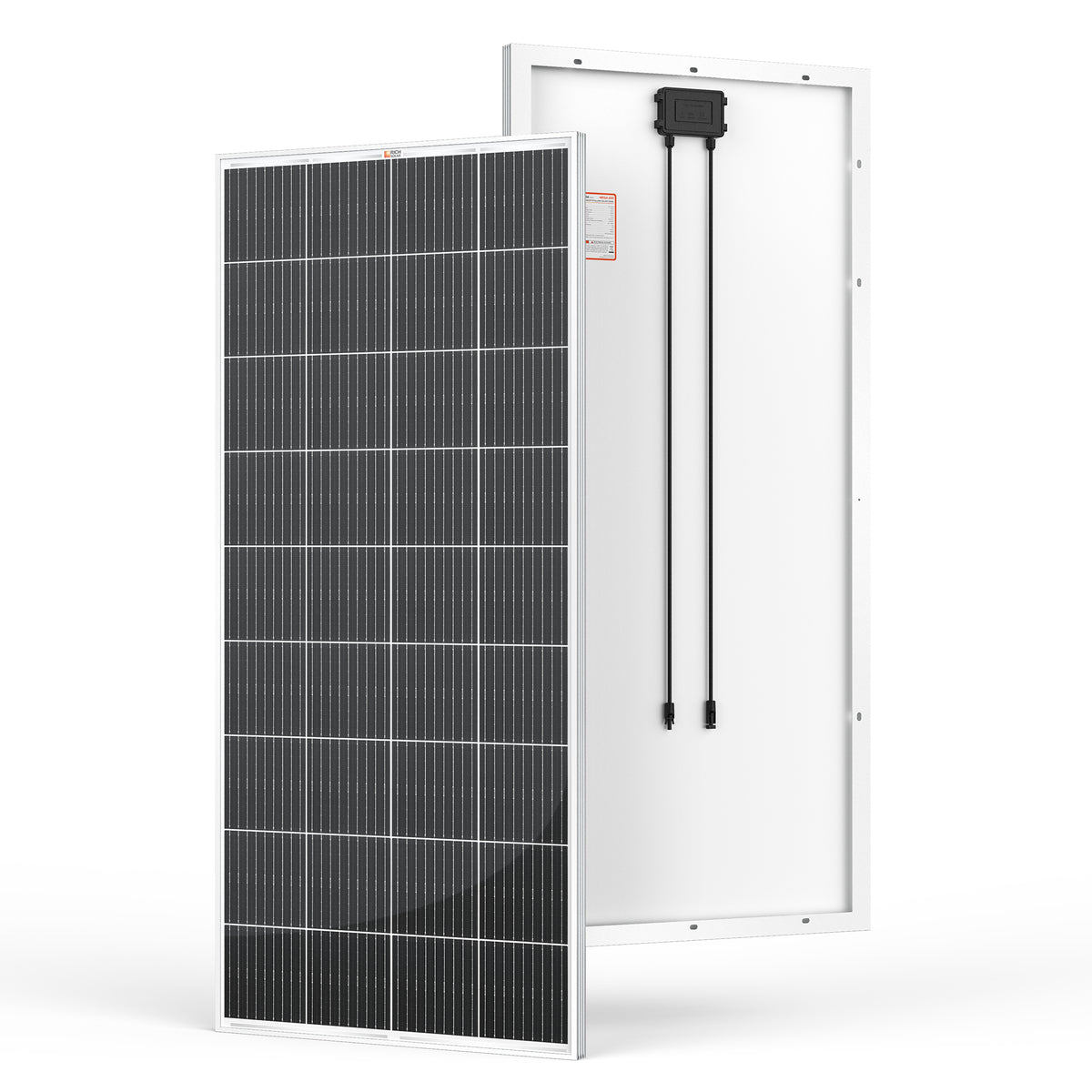Those numbers look correct. I only have 400 watts in panels for it, but the reason I got it is to run my deep freezer for as long as possible in a power outage. The freezer's energy guide is rated for 250kWH annually, so about 685Wh daily. I ran a simple test at home with the 1500x:
Goal Zero Yeti 1500x:
Ran the freezer for 12 hours.
Total Watt hours used - 322
SoC (at beginning of test) - 100%
SoC (at end of test) - 68%
Freezer Idle watts - <1
Freezer Compressor watts - ≈40
That is almost in line with what the Energy Guide is reporting as the test was only 12 hours, so doubling the total Watt hours used would be 644 which is close to 685. I will say though that the SoC bothered me. After 12 hours, it stated 68% so 32% was used. If that is accurate, then it would only run the freezer for about 1.5 -2 days (if I were to take it close to 0% SoC). The watt hours used seemed fairly accurate however so I'm not too worried. If the power does go out, I would have at least 24 hours to assess and get the panels out if necessary.
At this rate with no solar, I expect to get about 2 days of powering the freezer. With the 400 Watts (350 realistically) of panels I have for this and comparing to my local solar irradiance (using 350W instead of 400W), in January (3.03) I can expect about 1050Wh/day and in July (4.97), I can expect about 1750Wh/day. Even in January, that is more than enough to cover with plenty to spare.
I also have a homelab that I would ideally like to power in a power outage event, but I plan to power that off my Yeti 500x. It uses about 100W, but I can get it down to around 20W for just running the internet and no servers. Other than that, really just plan to be able to charge phones and laptops.



